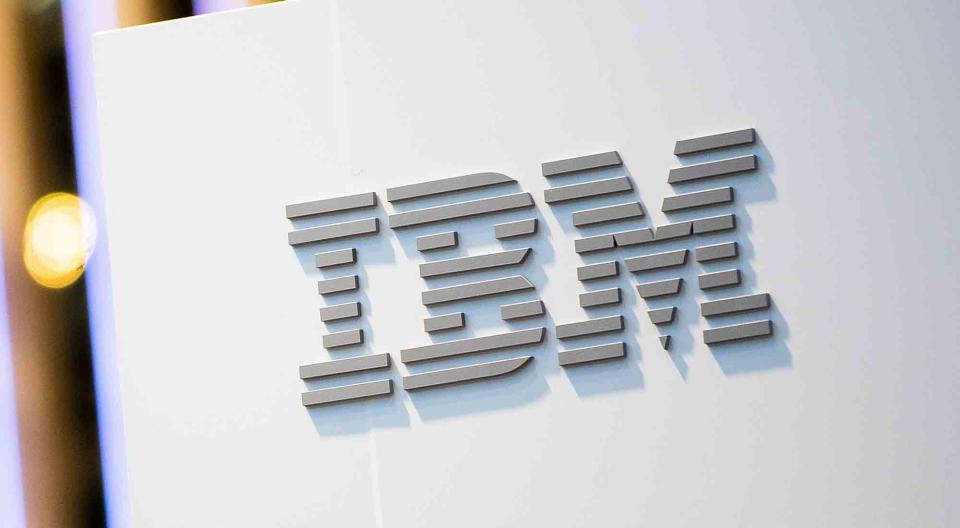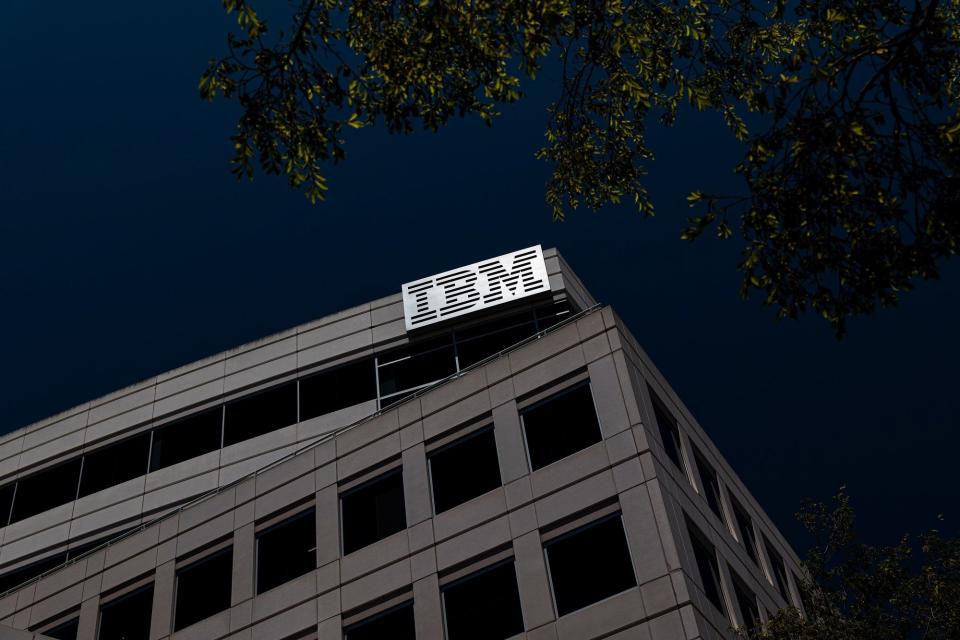In This Article:
(Bloomberg) -- International Business Machines Corp. has unveiled a new mainframe model, a reflection of the continued relevance of the decades-old computing systems despite the rush among many organizations to pivot to the public cloud.
Most Read from Bloomberg
-
Russia Sidesteps Sanctions to Supply Energy to Willing World
-
Putin Army Regroups for Ukraine Showdown After Invasion Setback
Unlike the cloud, which enables companies to store and access data over the internet, mainframes are physical hardware owned by the customer. The large, black boxes that still line the walls of some corporate data centers have long-served as the foundation for a business’s most important applications. Many financial institutions, for example, still use mainframes to support customer transactions and other high-volume operations.
While the systems have declined in relevance as more businesses use cloud infrastructure from providers including Amazon.com Inc. and Microsoft Corp., mainframes are still an important part of a company’s information technology portfolio -- and likely will be for a long time to come. At least, that’s what IBM is banking on. The company markets itself as a key player in the emerging market to support both on-premises and cloud-based data storage.
“The cloud has definitely done great things for the industry,” said Ric Lewis, senior vice president of IBM Systems. “But mainframes are still a very strong platform in that environment. And they fit well in that hybrid cloud environment.”
The cloud is poised to become increasingly dominant -- especially for modern applications. By 2025, for example, 51% of spending on information technology will be directed to the public cloud, up from 41% in 2022, according to research firm Gartner Inc. But mainframes remain relevant. Of 500 IT professionals recently surveyed by Rocker Software, 56% say the mainframe is still a predominant part of their infrastructure.
On Tuesday, IBM revealed z16, the latest version of its mainframe. Among the new features for customers is the ability to run predictive analytics on data directly in the machine instead of transporting it to another program, IBM said in a statement. That provides a big benefit, for example, for banks that want to run fraud detection programs in real-time as the transactions are processed, according to the Armonk, New York-based company.
The updated model also includes new security protocols to protect against the looming rise of quantum computing, a powerful technology that is still years away from real-world practical uses, but one that could ultimately undermine the security of most software given the ability of the systems to hack encrypted data, according to Lewis.


